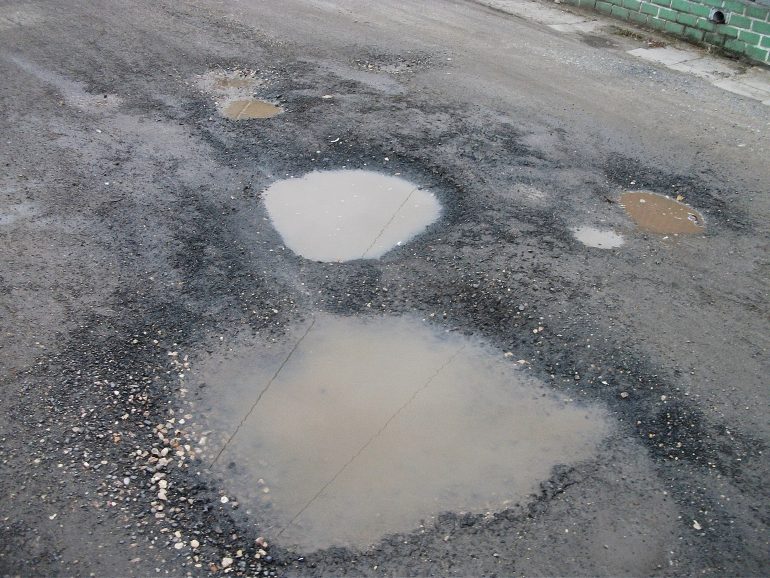Britain’s potholes have been a hot topic for decades. Drivers living and commuting across the country struggle to find a smooth ride from their doorstep to their destination, with some areas noticeably worse than others. One recent investigation found that in the city of Bristol, 78.5% of the road network needs repairs.
Despite countless repairs promised by politicians and authorities, many drivers are yet to see improvement. And in some parts of Britain, it’s become clear that other postcodes are seen more favourably when it comes to prioritising repairs.
No matter where you live or how far you usually drive, it’s always worth knowing about potholes and how to avoid them.
What are potholes?
A pothole is a cavity, dip or large crack in a road surface caused by excessive wear or sinking ground. While most potholes start as very small cracks in the surface, they can quickly exacerbate and widen if not repaired quickly.
How do potholes form?
Contrary to popular belief, potholes aren’t just caused by the weight of vehicles. As tyres pass over the road, they heat up its surface and cause expansion. Over time, repeated expansion can lead to cracks appearing in the surface.
It’s then possible for water to seep into the cracks. In harsh winter weather and sub-zero temperatures, this water can freeze and expand, then thaw out. This disturbance can affect the road surface even more, widening cracks and making existing cavities deeper.
Why are potholes still so bad in Britain?
The recurring issue concerning Britain’s potholes is the amount of time it takes for them to be repaired. Such large holes on the roads, even those with higher speed limits, makes for a dangerous environment. When a wheel hits a large hole unexpectedly, damage is highly likely.
Vehicles can encounter bent wheels, broken alloys, and burst tyres all from driving into a pothole. In the case where extensive repairs might be necessary after a high-speed pothole collision, it’s likely that drivers could need to contact a personal injury claim solicitor in the event of whiplash or another injury related to the incident.
Why can’t potholes be repaired faster?
Even in cases where repairs have been carried out, many drivers remain unsatisfied with the quality of the work done and question its longevity. Some roads see the return of a poor surface soon after repairs.
According to figures released by the Liberal Democrats, over 550,000 potholes were reported from 2021 to 2022 – but the wider issue could only be addressed by a £200m addition to the national potholes fund.
Overview: Reducing the damage
Ultimately, the only way to avoid the damage caused by potholes is by trying not to hit them. Since local authorities are slow to make necessary repairs, relying on official assistance is time-consuming and often unproductive.
While driving or cycling on a road with a poor surface, you should try to:
- Avoid driving with your tyres over potholes when it’s safe to do so
- Try to position the middle of your car over the pothole
- Drive as slowly as possible over potholes if necessary
- Avoid swerving or driving on the other side of the road
If you have a voice within your community, you can still make some efforts to reduce the likelihood of potholes appearing in your local area. These include:
- Inspecting surfaces regularly
- Keeping roads well-drained
- Reducing traffic speed and density
- Checking for quality of repairs
- Lobbying for regular resurfacing





